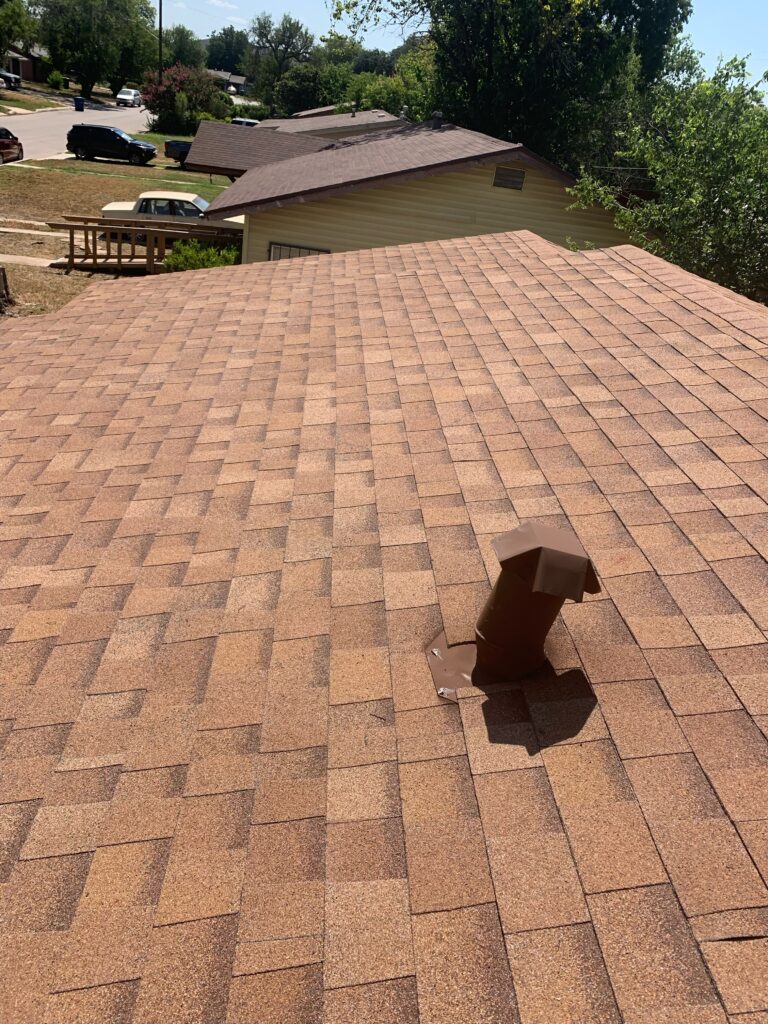Ventilation plays a crucial role in roofing systems, and its primary purpose is to promote a roof’s health and longevity. Proper roof ventilation helps manage the exchange of air between the interior and exterior of a building, which is essential for several reasons.
Moisture Control
One of the most significant functions of roof ventilation is to control moisture. When warm, moist air from the interior of the building rises into the attic or roof space, it can condense on the underside of the roof deck. Over time, this moisture can lead to rot, mold growth, and damage to the roof structure. Ventilation helps remove this moisture, reducing the risk of damage.

Temperature Regulation
Adequate ventilation helps regulate the temperature in the attic or roof space. During hot weather, it allows hot air to escape, preventing the build-up of heat that can transfer into the living spaces below. In colder seasons, it helps prevent ice dam formation by allowing cold air to enter and mix with the warm air in the attic.
Energy Efficiency
Proper roof ventilation can contribute to energy efficiency. By controlling temperature extremes in the attic, it reduces the load on the building’s heating and cooling systems, potentially lowering energy bills. Consider getting a solar vent fan as an added boost to energy efficiency thanks to their ability to better reduce heat than a standard exhaust vent.
Roof Longevity
Effective ventilation can extend the lifespan of the roofing materials by reducing temperature-related stress and minimizing moisture-related damage. This can save money in the long run by delaying the need for roof repairs or replacement.
Indoor Air Quality
Roof ventilation can also have an impact on indoor air quality. Proper ventilation helps remove potentially harmful fumes, pollutants, and indoor air contaminants that may accumulate in the attic, thus improving overall air quality in the building.
There are two main types of roof ventilation:
- Intake Ventilation: This allows fresh, outside air to enter the attic or roof space. Intake vents are typically located at the eaves or soffits of the roof.
- Exhaust Ventilation: This allows warm, moist air to exit the attic or roof space. Exhaust vents are usually located near or on the roof’s ridgeline or through roof gables.
The effectiveness of roof ventilation depends on various factors, including the design of the ventilation system, the size of the attic or roof space, climate conditions, and the choice of ventilation products. San Antonio homeowners can reach out to us for a proper installation that’ll ensure the system functions as intended. It’s advisable to consult with a roofing professional to determine the most appropriate ventilation solution for your specific roofing and climate conditions.


